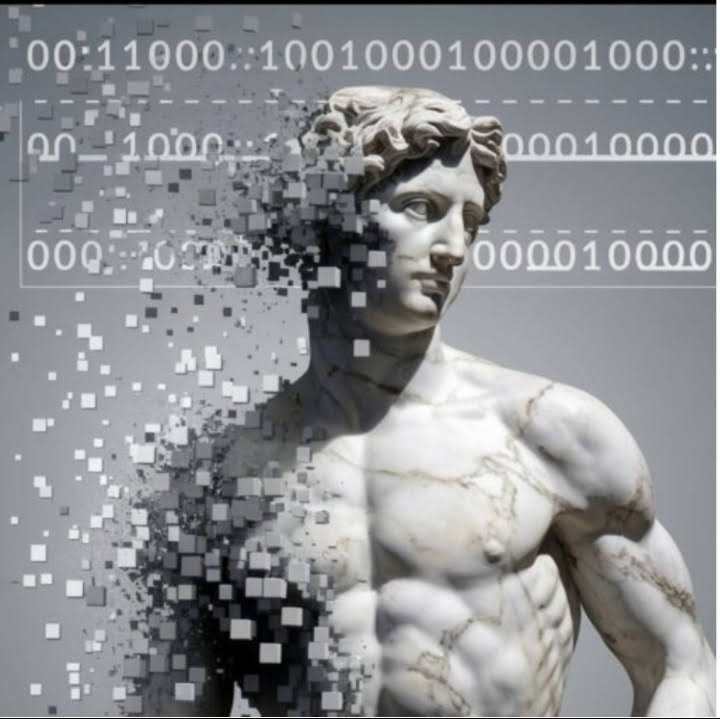Robôs e IA
O desenvolvimento de robôs e sua integração com inteligência artificial (IA) está revolucionando várias indústrias e remodelando a vida cotidiana. No mundo de hoje, os robôs não estão mais confinados às fábricas; eles agora estão presentes em casas, hospitais e espaços públicos. Essas máquinas são projetadas com propósitos e capacidades altamente especializadas, variando de robôs humanoides que interagem socialmente a robôs industriais que realizam tarefas de precisão em linhas de montagem.Robôs movidos por IA utilizam algoritmos avançados como aprendizado de máquina e aprendizado profundo, permitindo que eles processem grandes quantidades de dados, aprendam com experiências e tomem decisões de forma autônoma. Por exemplo, na área da saúde, sistemas robóticos movidos por IA auxiliam cirurgiões com procedimentos minimamente invasivos, oferecendo maior precisão do que a mão humana. Na logística, robôs equipados com IA navegam por armazéns, classificando, embalando e entregando produtos sem intervenção humana, otimizando a eficiência e reduzindo custos.Outro desenvolvimento notável é o uso de IA em robótica para veículos autônomos. Esses veículos dependem de redes complexas de sensores, câmeras e IA para interpretar seus arredores, evitar obstáculos e transportar mercadorias ou passageiros com segurança. No atendimento ao cliente, robôs humanoides com reconhecimento de fala e capacidades de IA emocional podem manter conversas, responder a perguntas e fornecer companhia, particularmente em funções de atendimento a idosos ou de atendimento ao cliente.À medida que a IA continua a evoluir, os robôs estão se tornando mais versáteis e inteligentes. Por meio do processamento de linguagem natural da IA, os robôs podem entender e responder à fala humana, tornando a comunicação mais uniforme. Além disso, a visão computacional permite que os robôs reconheçam objetos, pessoas e seus ambientes, aumentando sua capacidade de operar em cenários dinâmicos e imprevisíveis. De exoesqueletos robóticos que auxiliam na reabilitação a drones usados para monitoramento agrícola, a integração da IA na robótica está permitindo que as máquinas resolvam problemas complexos do mundo real.O futuro é ainda mais promissor à medida que a robótica e a IA convergem ainda mais. Espera-se que os robôs se tornem ainda mais adaptáveis, capazes de aprender novas tarefas de forma independente e se misturem perfeitamente aos ambientes humanos. Nesta nova era, a parceria entre a engenhosidade humana e a inteligência da máquina está pronta para ultrapassar os limites da inovação, eficiência e capacidade, transformando as indústrias e a maneira como vivemos e trabalhamos.
Share this content:





Publicar comentário